When it comes to selecting the perfect tile material for your bathroom floor, factors such as durability, aesthetics, and ease of maintenance are key considerations. Two popular options that often make it to the top of the list are ceramic and porcelain tiles. In this article, we will compare and contrast the characteristics of both materials, helping you make an informed decision for your bathroom remodeling project. 1. Durability: Ceramic Tile: Ceramic tiles are known for their resilience and durability. They are manufactured using a blend of clay, minerals, and water, which is then baked at high temperatures. This makes ceramic tiles highly resistant to scratches, stains, and wear. However, they are more prone to chipping or cracking under heavy impacts. Porcelain Tile: Porcelain tiles, on the other hand, are extremely durable as they are fired at higher temperatures, resulting in a denser material. This density makes them more resistant to water absorption, making them an excellent choice for bathrooms.
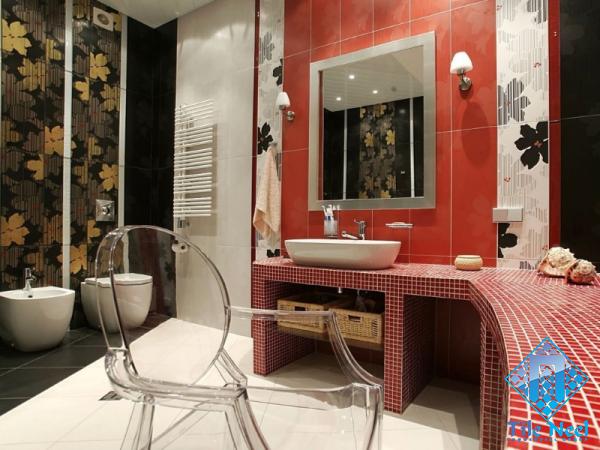
.
 Porcelain tiles are less likely to chip or crack, even under heavy foot traffic. Winner: Porcelain tile 2. Aesthetics: Ceramic Tile: Ceramic tiles offer a wide range of styles, colors, and patterns. They are versatile and can be customized to suit any bathroom design aesthetic. Ceramic tiles can mimic the look of natural stone, wood, or even textile patterns, giving you endless possibilities to create a unique and visually appealing bathroom space. Porcelain Tile: Porcelain tiles also come in a multitude of aesthetic options. They can imitate the appearance of natural stone, slate, marble, or wood with remarkable accuracy. Porcelain tiles have a more refined and polished look, making them a popular choice for contemporary and luxurious bathroom designs. Winner: Tie (Both ceramic and porcelain tiles offer a wide range of aesthetic options) 3. Maintenance: Ceramic Tile: Ceramic tiles are relatively low maintenance. They are resistant to stains, require only regular cleaning with a mild detergent, and are easy to wipe.
Porcelain tiles are less likely to chip or crack, even under heavy foot traffic. Winner: Porcelain tile 2. Aesthetics: Ceramic Tile: Ceramic tiles offer a wide range of styles, colors, and patterns. They are versatile and can be customized to suit any bathroom design aesthetic. Ceramic tiles can mimic the look of natural stone, wood, or even textile patterns, giving you endless possibilities to create a unique and visually appealing bathroom space. Porcelain Tile: Porcelain tiles also come in a multitude of aesthetic options. They can imitate the appearance of natural stone, slate, marble, or wood with remarkable accuracy. Porcelain tiles have a more refined and polished look, making them a popular choice for contemporary and luxurious bathroom designs. Winner: Tie (Both ceramic and porcelain tiles offer a wide range of aesthetic options) 3. Maintenance: Ceramic Tile: Ceramic tiles are relatively low maintenance. They are resistant to stains, require only regular cleaning with a mild detergent, and are easy to wipe.
..
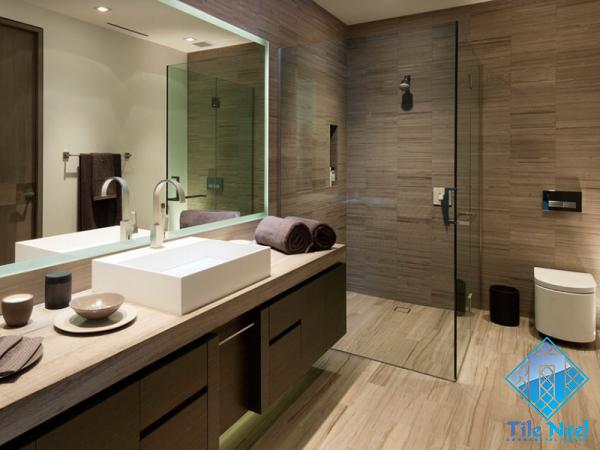 A disadvantage of ceramic tiles is that their grout lines may require regular resealing to prevent moisture buildup and maintain their appearance. Porcelain Tile: Porcelain tiles are almost maintenance-free due to their low porosity. Their non-porous surface makes them resistant to stains, mold, and mildew growth, and they require minimal upkeep. Additionally, the absence of grout lines in large format porcelain tiles reduces the likelihood of grout discoloration and maintenance. Winner: Porcelain tile Conclusion: Selecting the ideal tile material for your bathroom floor is crucial in achieving a balance between functionality and aesthetics.
A disadvantage of ceramic tiles is that their grout lines may require regular resealing to prevent moisture buildup and maintain their appearance. Porcelain Tile: Porcelain tiles are almost maintenance-free due to their low porosity. Their non-porous surface makes them resistant to stains, mold, and mildew growth, and they require minimal upkeep. Additionally, the absence of grout lines in large format porcelain tiles reduces the likelihood of grout discoloration and maintenance. Winner: Porcelain tile Conclusion: Selecting the ideal tile material for your bathroom floor is crucial in achieving a balance between functionality and aesthetics.
…
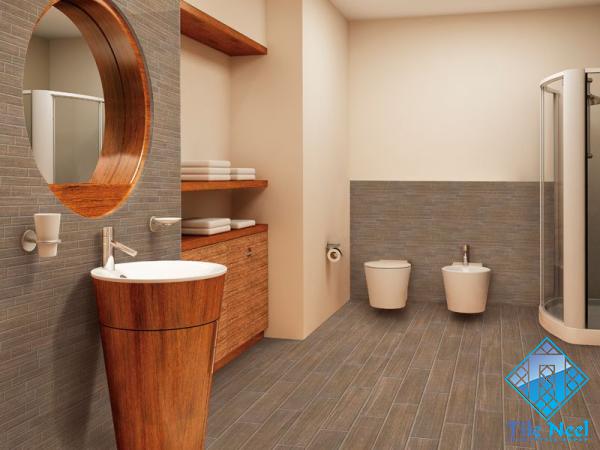 While both ceramic and porcelain tiles have their advantages, porcelain tiles emerge as the superior choice for bathroom flooring due to their exceptional durability, low maintenance requirements, and resistance to water absorption. Ultimately, the decision between ceramic and porcelain tiles for your bathroom floor will depend on your specific needs, design preferences, and budget. By considering the key factors outlined in this article, you can make an informed choice that aligns with your vision of creating a functional and visually appealing bathroom space.
While both ceramic and porcelain tiles have their advantages, porcelain tiles emerge as the superior choice for bathroom flooring due to their exceptional durability, low maintenance requirements, and resistance to water absorption. Ultimately, the decision between ceramic and porcelain tiles for your bathroom floor will depend on your specific needs, design preferences, and budget. By considering the key factors outlined in this article, you can make an informed choice that aligns with your vision of creating a functional and visually appealing bathroom space.
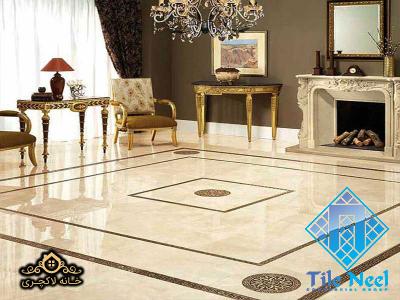

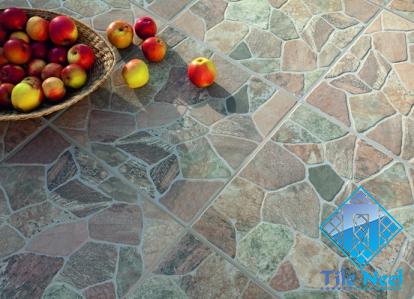
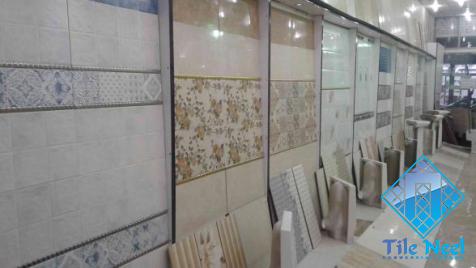
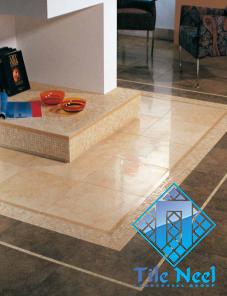

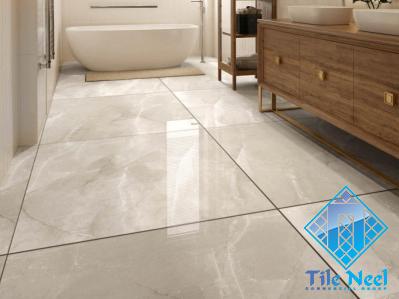

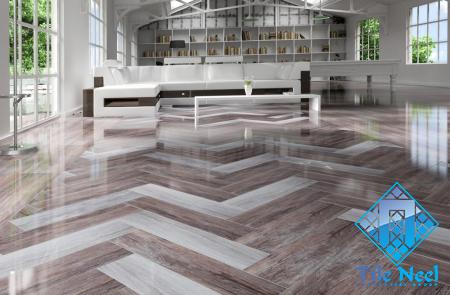
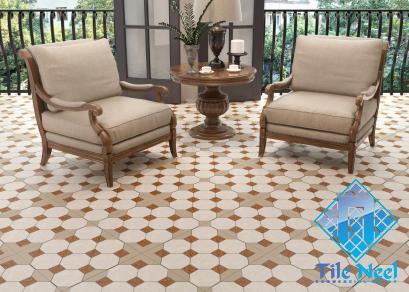
Your comment submitted.